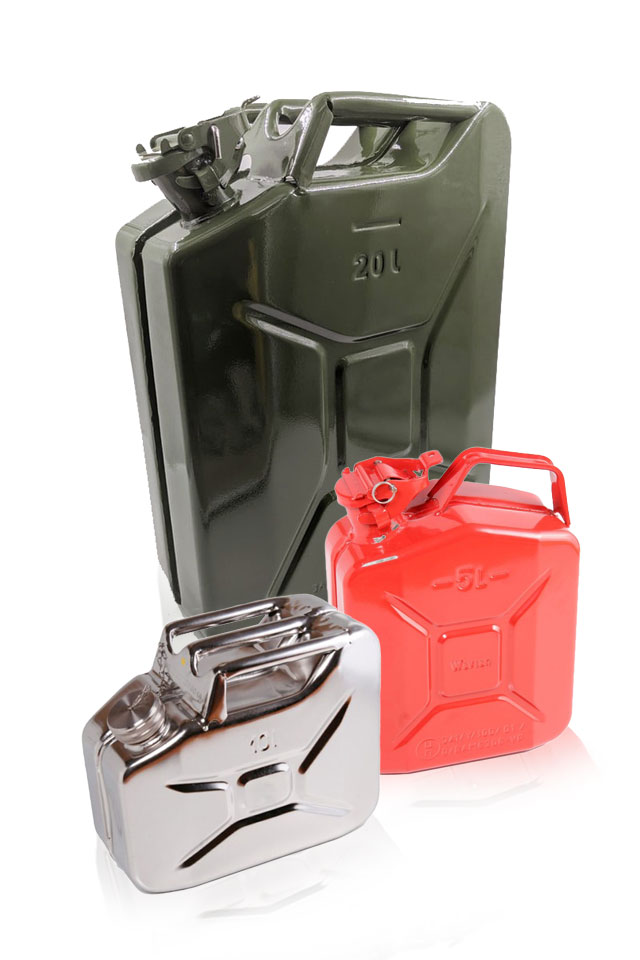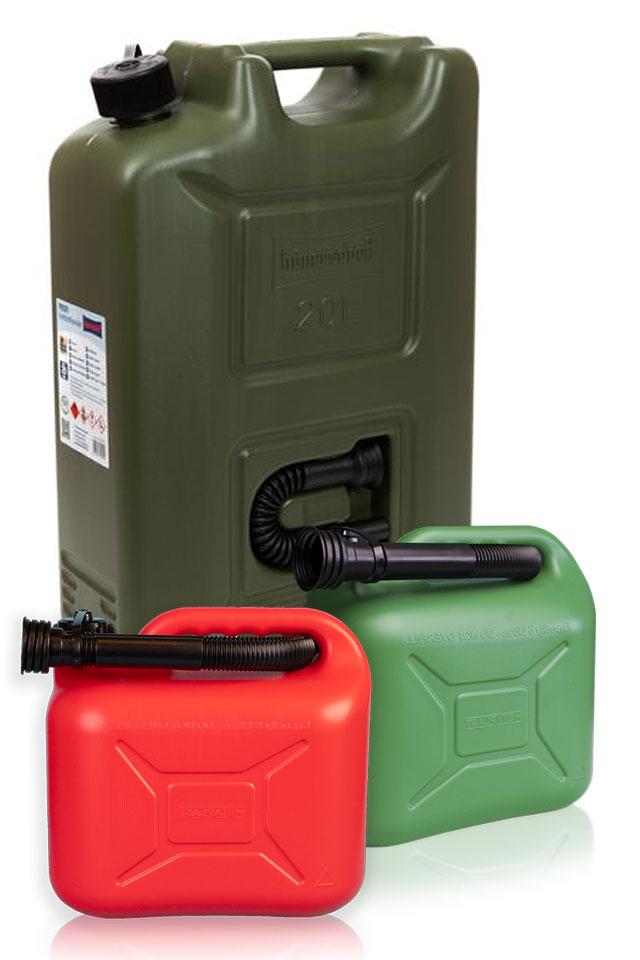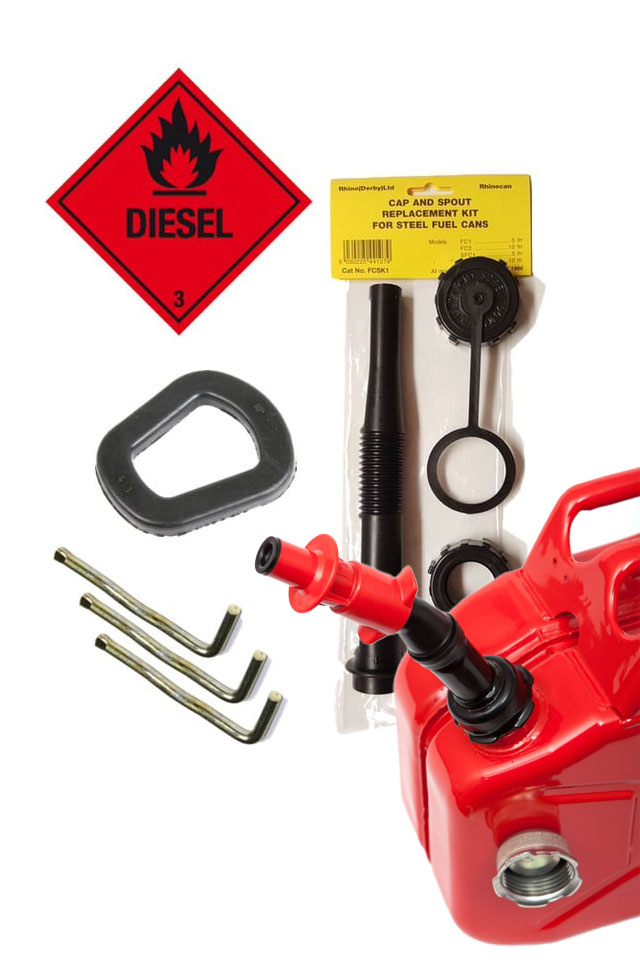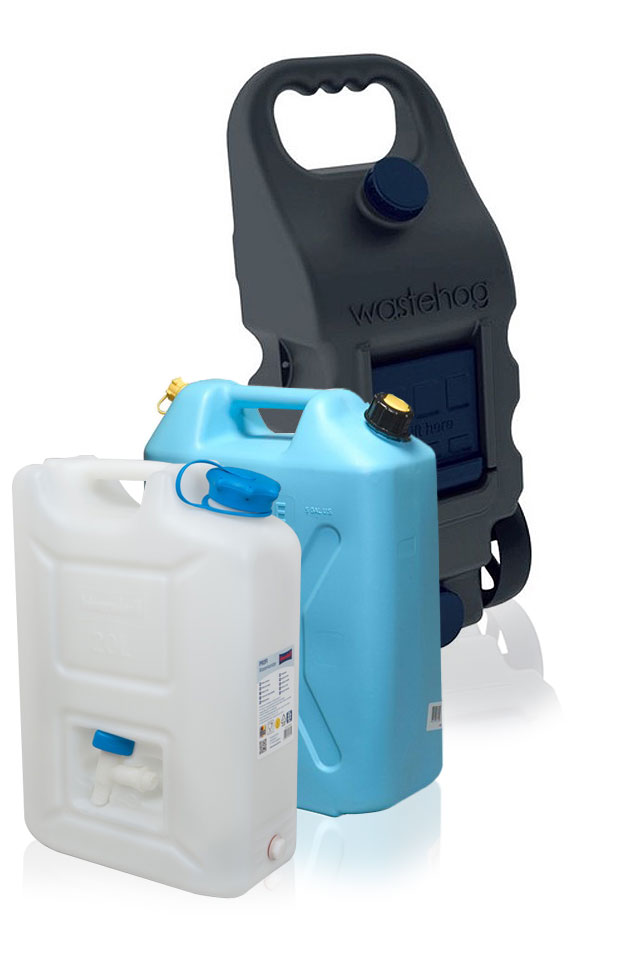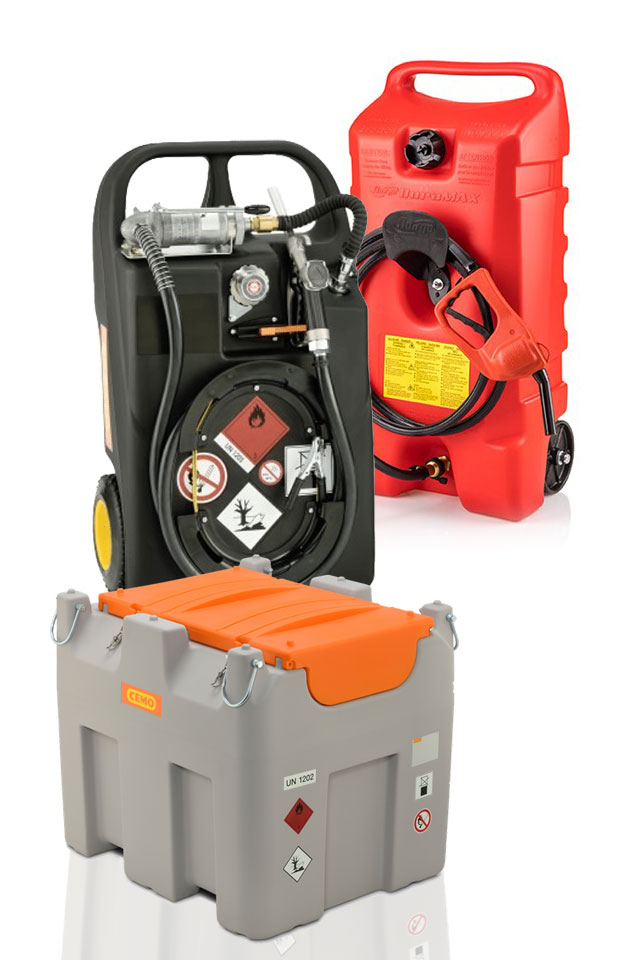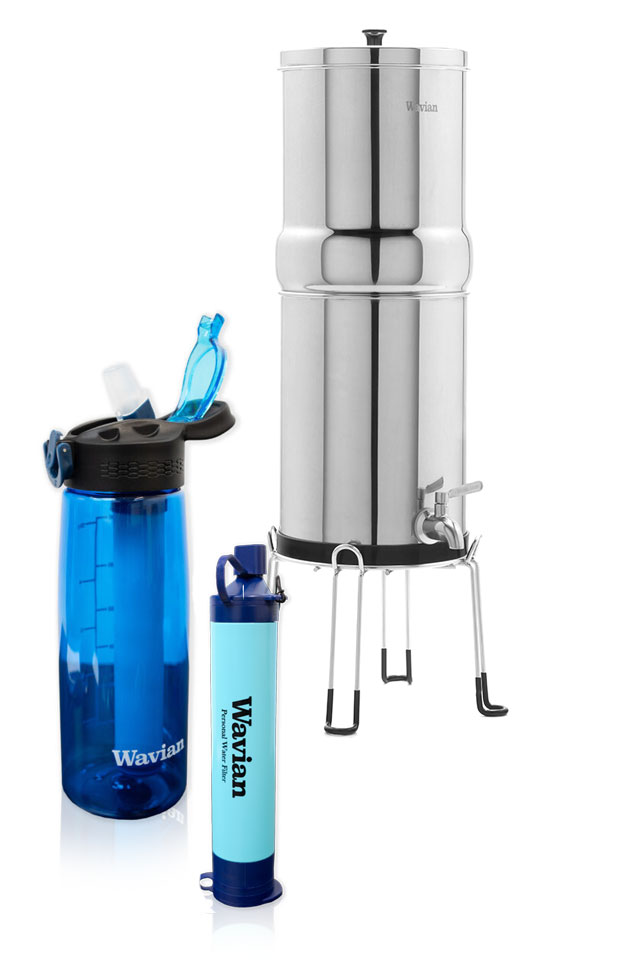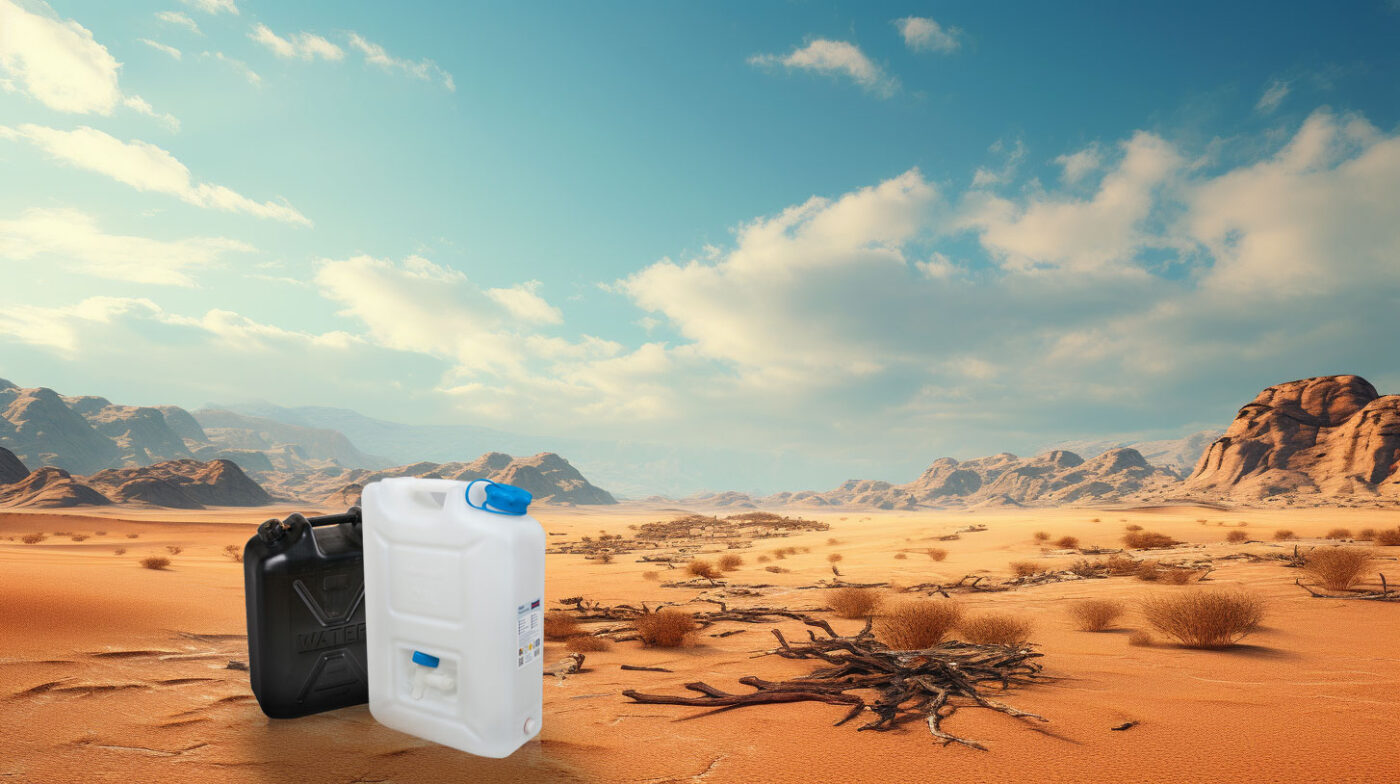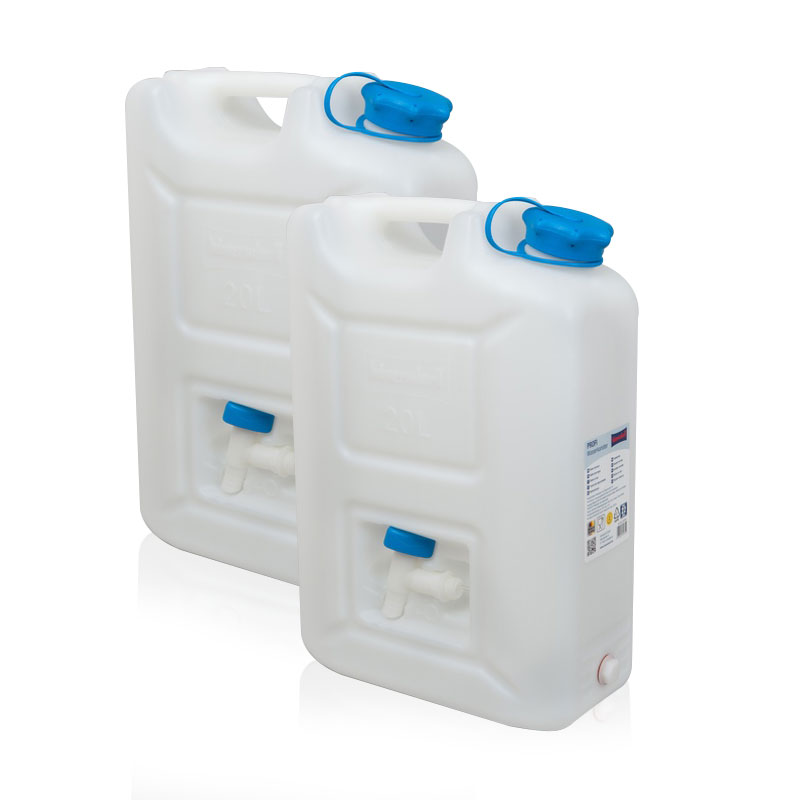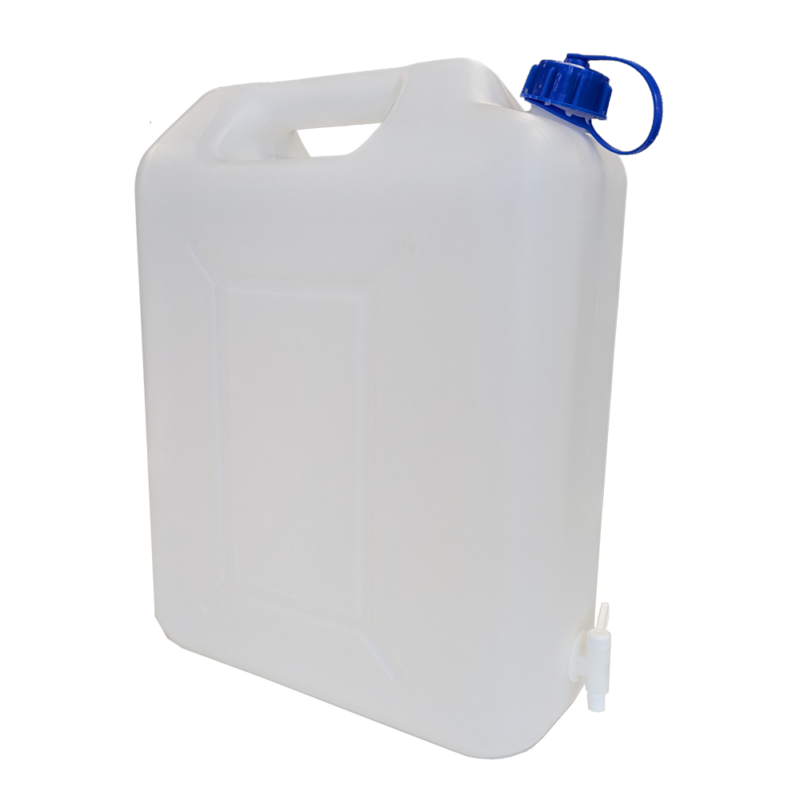Water Containers
Why Water Storage Containers Are Your Emergency Lifeline
Imagine this: disaster strikes, plunging your world into darkness. The familiar hum of the refrigerator fades, replaced by an unnerving silence. Panic might rise as you reach for a glass of water, only to be met with an empty faucet. In these moments, when the very fabric of normalcy unravels, having a reliable source of clean water becomes paramount. That’s where the importance of a water storage container steps in, transforming from a household item into a lifeline.
Think of it as a silent guardian, standing sentinel against the uncertainties of the world. Floods can churn rivers into muddy torrents, earthquakes can cripple infrastructure, and storms can leave landscapes parched. But amidst the chaos, a few sturdy containers, filled with crystal-clear water, can offer a beacon of hope and resilience.
They are more than just vessels; they are reservoirs of life, holding the potential to quench thirst, cook meals, and maintain hygiene. In their unassuming presence lies the ability to weather the storm, to nurture and sustain until normalcy returns.
Let’s delve into the critical role of water storage containers in emergency preparedness. We’ll explore the different types of containers and the essential tips for proper storage and maintenance.
How Long Does Fresh Water Last In A Plastic Container?
Technically, water itself doesn’t go “off” like food does. Properly stored, clean water can remain drinkable for indefinitely in the right conditions. However, several factors can affect its taste, safety, and overall quality:
Plastic type: Certain types of plastics leach chemicals into the water over time, particularly at higher temperatures. Look for containers made from safe BPA-free plastics like PET (polyethylene terephthalate) or HDPE (high-density polyethylene).
Storage conditions:
- Temperature: Warm temperatures accelerate chemical leaching from the plastic and promote bacterial growth. Store containers in a cool, dark place below 70°F (21°C).
- Sunlight: Sunlight can degrade the plastic and alter the taste of the water. Avoid storing containers in direct sunlight.
- Air exposure: Open containers allow dust and microorganisms to enter, increasing the risk of contamination. Keep containers tightly sealed when not in use.
Water source:
- Municipal tap water: If treated with chlorine, it can remain fresh for months as long as the container is sealed. However, chlorine may eventually evaporate, leaving the water susceptible to bacterial growth. Consider adding a few drops of unscented household bleach (5-9% sodium hypochlorite) to extend shelf life.
- Spring or well water: This water may contain minerals or bacteria that can affect taste and safety over time. Consider boiling or treating it before storage.
General recommendations:
- Rotate water every 6 months: Empty, clean, and refill your containers even if the water looks and tastes fine. This ensures freshness and helps avoid the potential build-up of leached chemicals or bacteria.
- Label containers: Mark the date of filling to keep track of how long the water has been stored.
- Inspect containers regularly: Check for cracks, leaks, or signs of damage that could compromise the water’s safety.
By following these guidelines, you can safely store water in plastic containers for a long time. Remember, if you have any doubts about the water’s quality, discard it and refill the container. It’s always better to be safe than sorry!
What Is The Best Size Water Container To Get?
Choosing the best size container for storing water for domestic purposes depends on several factors:
Household size and water usage: As a general rule, aim for 4-8 litres per person per day. This covers drinking, cooking, basic hygiene, and sanitation. A family of four, for example, would need around 30-60 litres of storage capacity.
Emergency preparedness: If you’re storing water for emergencies, the recommended amount is 3-7 days’ worth per person. This translates to 80-185 litres for a family of four. Remember, longer durations might require additional containers or larger tanks.
Storage space: Consider the available space you have for storing containers. Large tanks are ideal for bulk storage but require dedicated areas like basements or garages. Smaller containers offer flexibility and can be tucked away in cabinets or under beds.
Type of container:
- 10-litre containers: Perfect for individual use or supplementing existing water supplies. They’re portable and fit easily in most spaces.
- 20-litre containers: Suitable for small families or emergency needs. They offer more storage than 5-gallon containers but remain manageable.
- 100-litre tanks: Ideal for larger families or long-term storage. They require dedicated space but provide significant water reserves.
- 1000+ litre tanks: Best for bulk storage in garages or basements. They offer maximum capacity but are bulky and require careful planning for installation and use.
Material:
- Food-grade plastic: BPA-free HDPE or PET are safe for storing potable water.
- Stainless steel: Durable and long-lasting, but heavy and more expensive than plastic.
- Ceramic or glass: Eco-friendly and aesthetically pleasing, but fragile and prone to breakage.
Additional factors:
- Budget: Prices vary depending on size, material, and brand.
- Portability: Consider if you need to move the containers frequently.
- Ease of use: Choose containers with convenient dispensing mechanisms like taps or pumps.
Ultimately, the best size container for you depends on your specific needs and circumstances. Assess your household water usage, emergency preparedness goals, and available space to make an informed decision. Remember, having even a small amount of stored water can make a big difference in unexpected situations.
Why Businesses Should Consider Buying Water Containers In Bulk
A wholesale solution
For businesses, staying hydrated isn’t just about employee well-being. It’s about ensuring smooth operations, minimising downtime, and even enhancing customer satisfaction. In this equation, water becomes a crucial, often overlooked resource. And when it comes to managing this resource efficiently, buying water containers in bulk emerges as a strategic advantage.
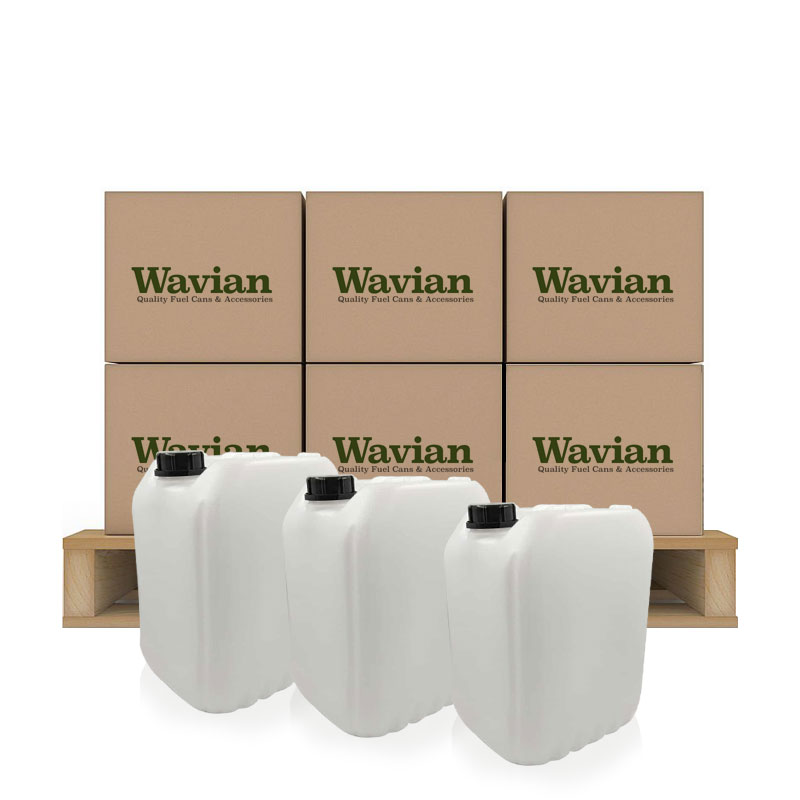
Buying Water Containers In Bulk
Buying in bulk is a tried-and-true method for securing lower prices. Businesses that purchase large quantities of water containers typically enjoy significant discounts compared to retail prices. This translates to reduced per-unit costs and translates to substantial savings over time. Plus, having a reserve of water stored in readily available containers ensures continued hydration and sanitation even when external sources are unavailable. This preparedness can be the difference between maintaining productivity and facing costly downtime.
So, ditch the single-use plastic and embrace the benefits of bulk water storage – your business and the environment will thank you for it!

